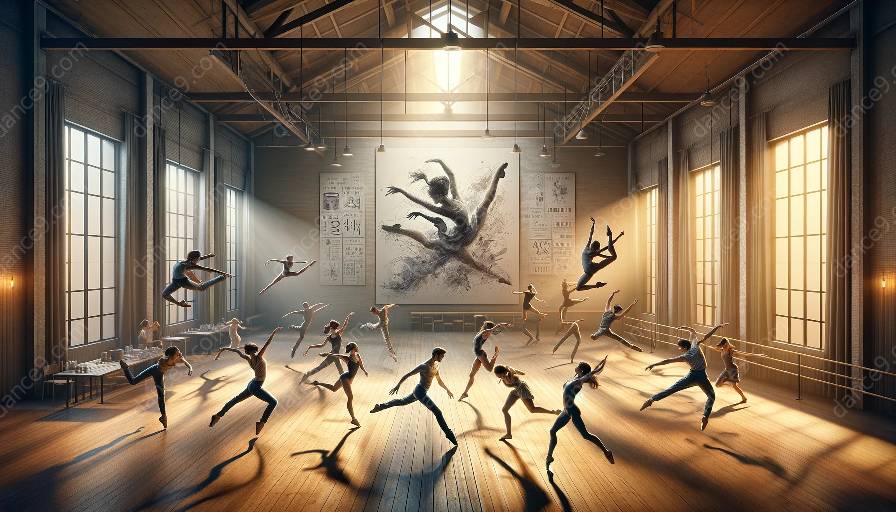Improvisation plays a significant role in developing choreographic techniques, influencing the creation and execution of dance compositions. By allowing dancers and choreographers to explore movement in a spontaneous and organic manner, improvisation shapes the development of choreography and fosters creativity.
Understanding the Nature of Improvisation
Improvisation in dance involves the creation and performance of movements without prior preparation or fixed structures. It allows dancers to respond to music, emotions, and surroundings in the moment, enabling them to express themselves freely through movement. When applied to choreography, improvisation serves as a valuable tool for generating new ideas, refining movements, and exploring the artistic potential of the human body.
Enhancing Creativity and Artistic Expression
Through improvisation, choreographers and dancers can tap into their creative instincts and transcend the boundaries of predetermined dance sequences. Improvisational exercises encourage dancers to experiment with different rhythms, dynamics, and spatial arrangements, leading to the discovery of unique movement patterns and gestures. This process not only fuels creativity but also enhances the dancers' ability to convey emotions and narratives through their bodies, enriching the choreographic process.
Shaping Choreographic Techniques
By integrating improvisation into the choreographic process, dancers and choreographers can refine their technical abilities, expand their movement vocabulary, and explore innovative ways of arranging and structuring dance compositions. Improvisational practices provide a platform for developing a deeper understanding of the body's capabilities, fostering a sense of spontaneity and adaptability in the creative process.
Collaborative Exploration and Discovery
Improvisation fosters a collaborative environment in which dancers and choreographers can engage in shared exploration and discovery. Through improvisational tasks and games, individuals involved in the choreographic process can interact, exchange ideas, and co-create movements in real time. This collaborative approach to improvisation nurtures a sense of unity and collective ownership of the choreographic work, promoting a rich tapestry of diverse movement influences.
Embracing Uniqueness and Individual Artistry
Each dancer brings a distinct personality and physicality to the act of improvisation. As a result, improvisational movement reflects the individual artistry and idiosyncrasies of the performers, contributing to the rich tapestry of choreographic techniques. Embracing the uniqueness of each dancer's improvisational style enables choreographers to tailor their compositions to the strengths and capabilities of the performers, resulting in dynamic and impactful choreographic works.
Nurturing Spontaneity and Adaptability
Improvisation nurtures the dancers' ability to adapt to unforeseen circumstances and respond authentically to the ever-evolving dynamics of live performances. It cultivates a sense of spontaneity and adaptability, enhancing the dancers' capacity to infuse their movements with fresh energy and meaning during live presentations. This adaptability also extends to the choreographer's ability to respond to the performers' spontaneous expressions, fostering an interactive and dynamic relationship between choreography and improvisation.
Conclusion
In essence, improvisation serves as a catalyst for the development of choreographic techniques, influencing the creative process and empowering dancers and choreographers to push the boundaries of traditional dance composition. By incorporating improvisational practices into the choreographic framework, artists can unlock new dimensions of movement, creativity, and collaborative exploration, ultimately enriching the art of choreography and its impact on audiences worldwide.






































